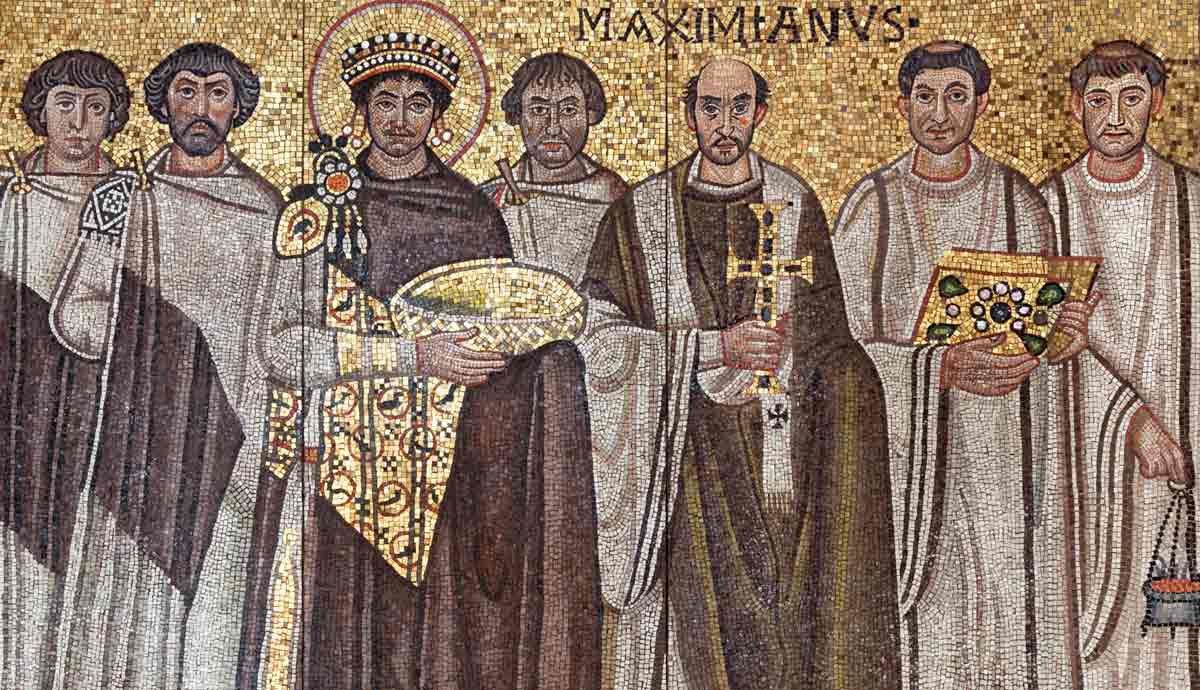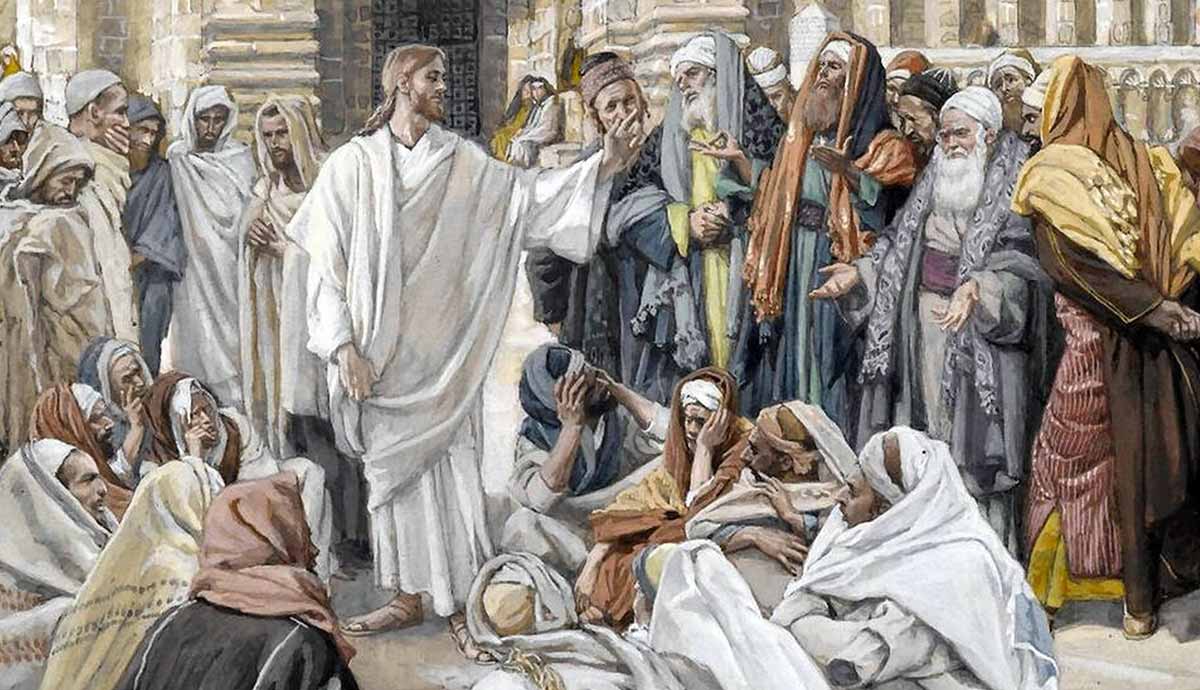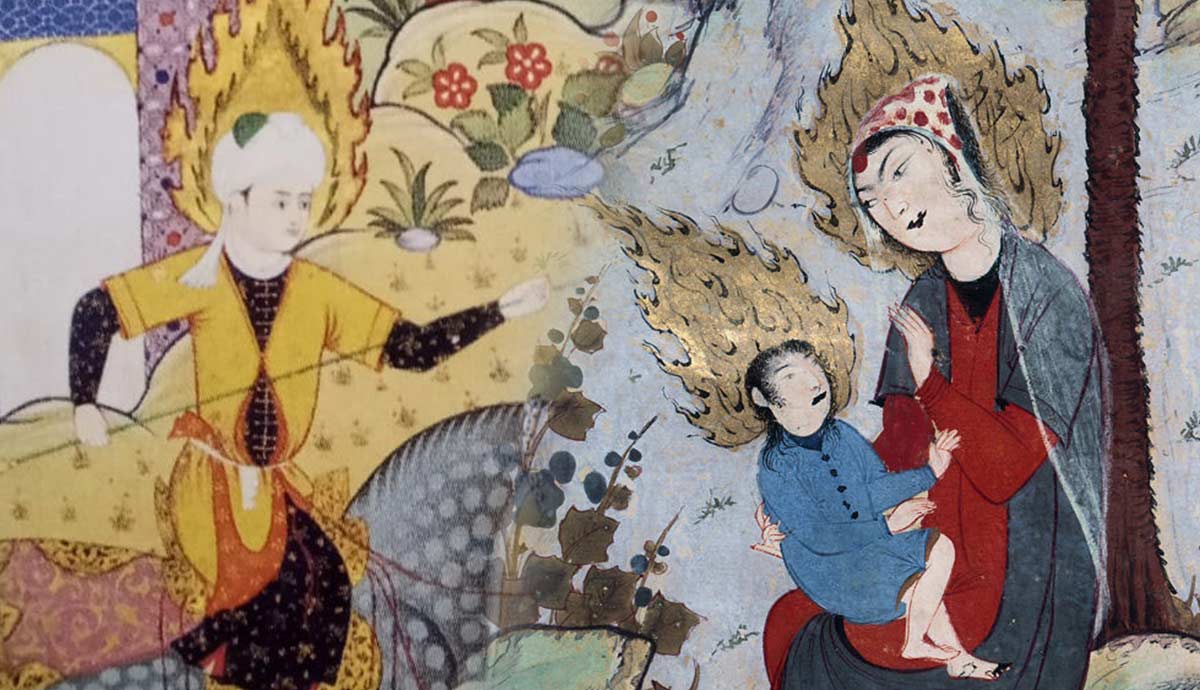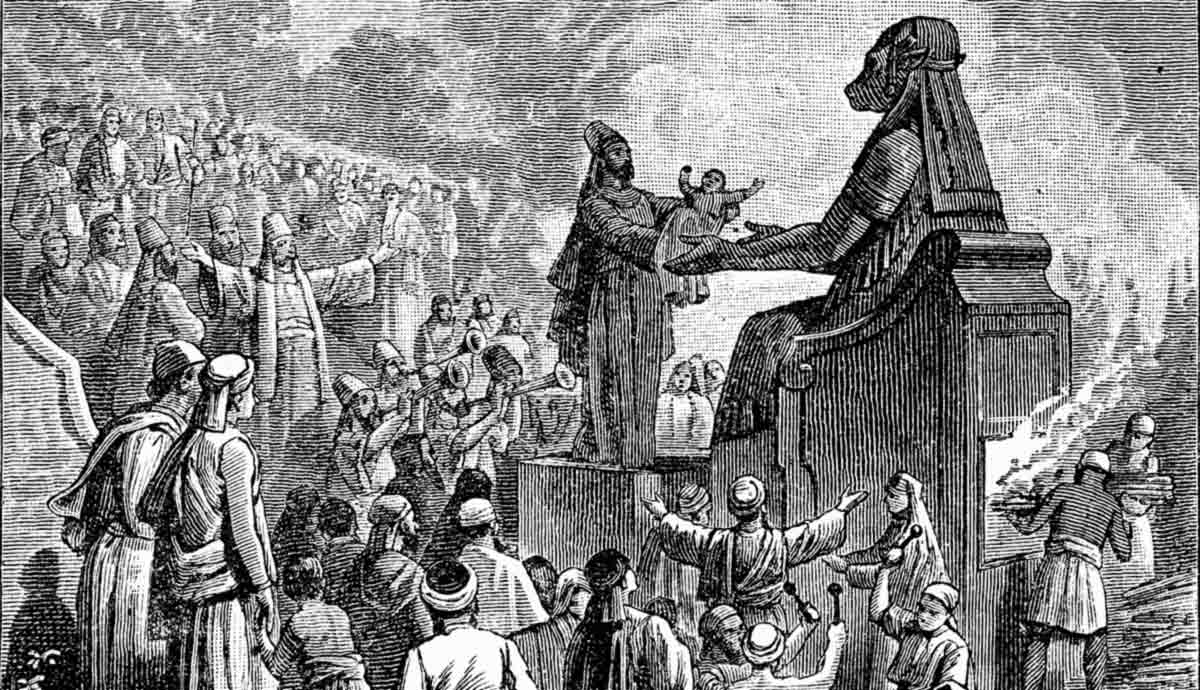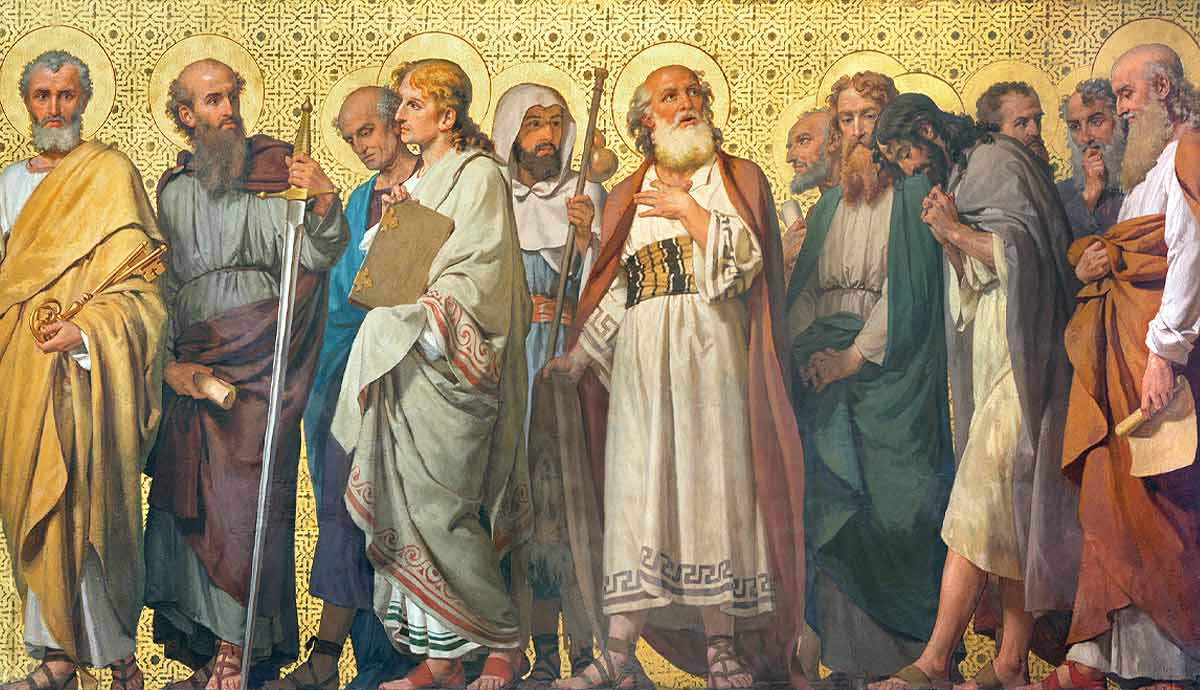
In the early days of Christianity following the apostolic period, various groups arose as Christianity spread and sought to figure out who exactly Jesus Christ was. Some of these movements added a sort of pagan mysticism to Christianity and are generally under the movement called Gnosticism. One of the early leaders of this movement was Marcion of Sinope.
Marcion of Sinope

Marcion was born around 85 CE, possibly to a bishop in Pontus on the coast of the Black Sea in Anatolia, which is in modern-day Turkey. His father was possibly Philologus of Sinope, who is held in eastern Christianity as being one of the revered seventy disciples, sent out by Jesus Christ in the Gospel of Luke chapter 10. Marcion’s teachings started one of the early gnostic movements within Christianity, and may have even been excommunicated by his own father around 144 CE. Marcion appears to have been a follower or companion of one of the early gnostic teachers, Cerdo.
Marcion’s Teaching

Marcion believed that the God of the Old Testament and the Father proclaimed by Jesus Christ were two completely different beings. The Old Testament God, to Marcion, created the physical, material world, and his law only punished the sinful. This god Marcion called the Demiurge. The God proclaimed by Jesus and Paul the apostle was one of love and compassion, different from and higher than the God of the Old Testament. Marcion also held that Jesus did not have a true physical form, and did not have a physical birth, death, or resurrection. He also held that the twelve apostles who directly followed Christ were followers of the demiurge, and that Paul the apostle was the correct interpreter of Christ’s teachings.
Writings Marcion Produced

A couple of works of Marcion are known. His Antithesis was a work supposedly comparing and seeking contradictions between Old Testament writings and the sayings of Jesus, attempting to prove the differences between the Demiurge and the God of the New Testament (not named by Marcion). No copy of the antithesis exists, and the quotes attributed to it are questionable.
Marcion also produced what Marcionites called “The Gospel of the Lord,” which appears to be an edited version of the Gospel of Luke. He removed the parts about Jesus’ birth and baptism (which exhibit Jesus’ physical nature), as well as the parables of the Prodigal Son and Good Samaritan (which link Jesus to Old Testament Judaism). Marcion also removed portions of the death, burial, and resurrection of Jesus from his gospel, as they conflicted with various beliefs.

Marcion had a listing of the apostle Paul’s epistles known as the Apostolikon which also included a supposed missing letter to the Laodiceans. The Laodicean letter was likely either a forgery or a reduced version of another epistle, edited to match Marcion’s beliefs.
The listings given by Marcion actually represent the first attempt at a Christian Canon within Christianity, even though it was created by a heretic. The listings given by Marcion may have inspired Christians to more deeply consider which works should be considered true scripture, and not long after we see attempts by orthodox Christians to determine what constituted the Christian canon.
Who Wrote Against Marcionism?

The greatest opponent of Marcionism was the Church Father Tertullian, who wrote an Adversus Marcionem as an extensive attack against the movement. Most of what we know regarding Marcion’s writings come from Tertullian and similar opponents, not directly from Marcion or his followers. Epiphanius or Salamis and Irenaeus also wrote in opposition of Marcion. Irenaeus even writes that the church Father Polycarp had a personal encounter with Marcion in Rome, telling him, “I know you, you are the firstborn of Satan.”
Is Marcionism a Gnostic Religion?

Sort of. Gnosticism was a broad movement opposing early Christianity, and many of the ideas of Gnosticism are found within Marcionism. Marcionism, however, has more defined elements than Gnosticism, and Gnosticism tends to have more mystical outlook.


